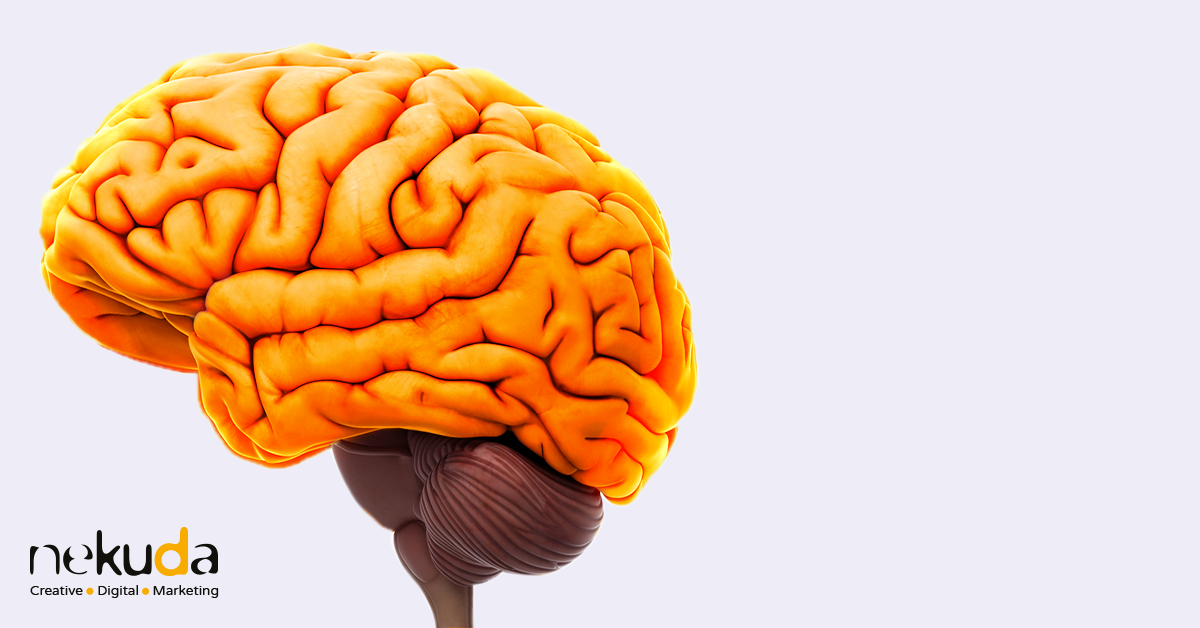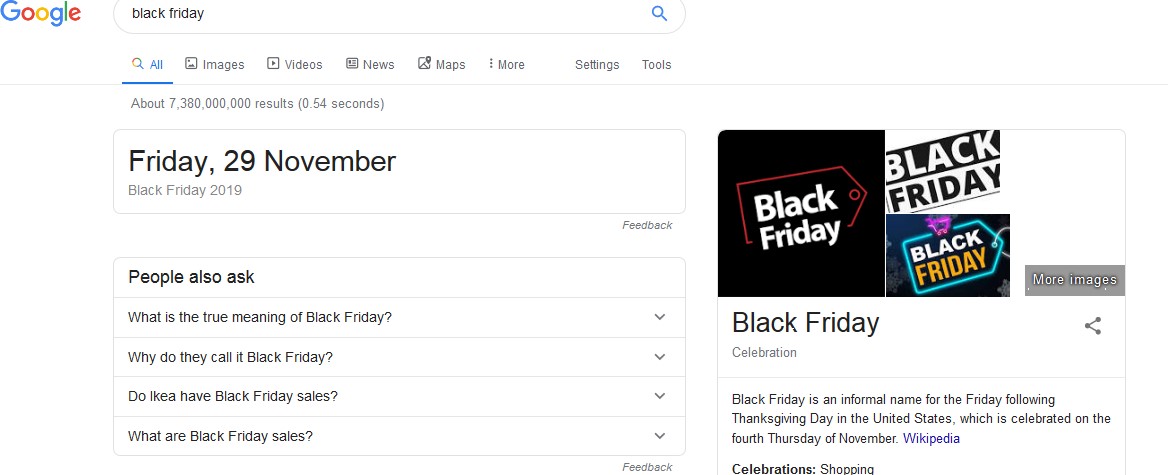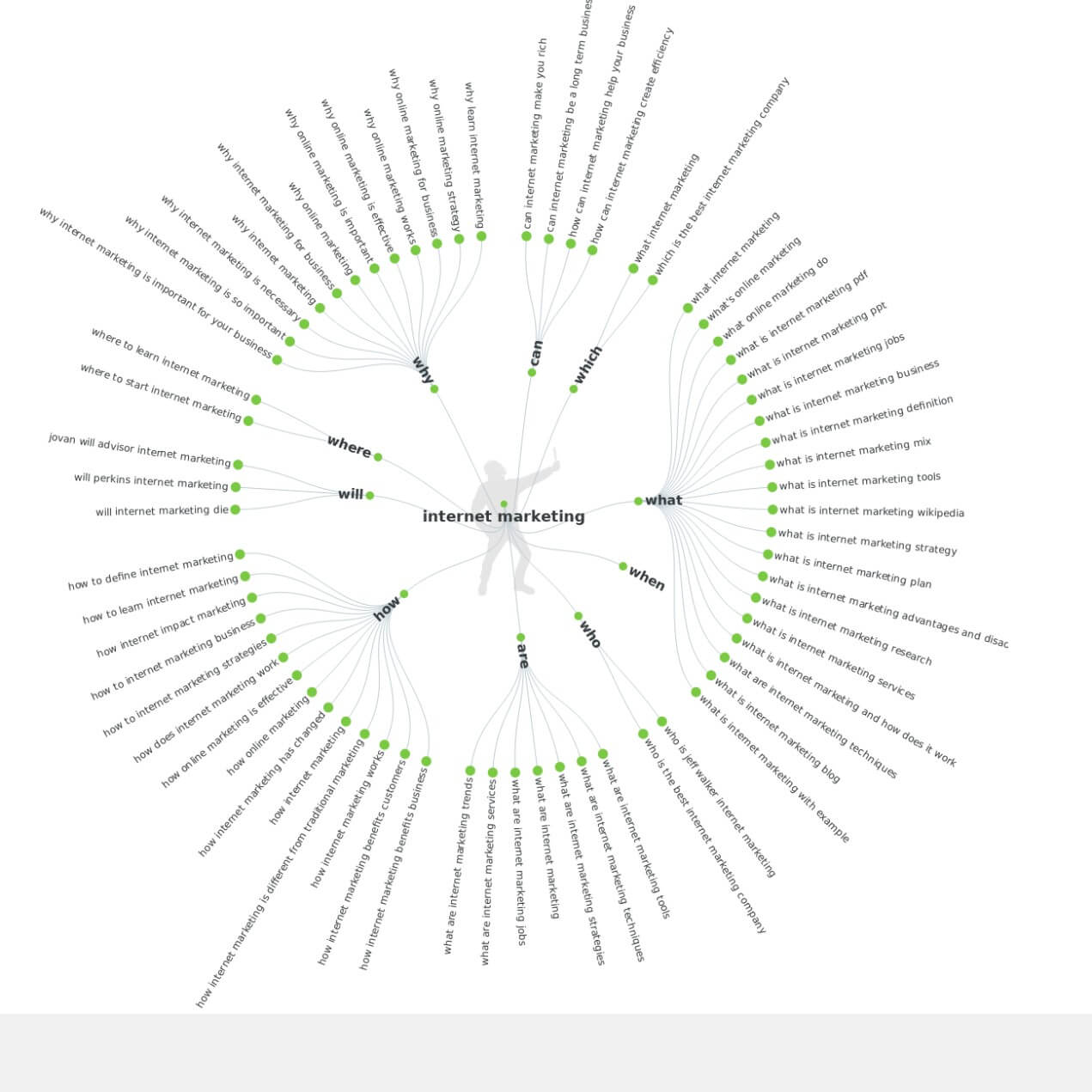Hey Google, What was the User’s Intent?
Search Intent (or user’s intent) is one of the most important ranking factors in 2019. Google tracks the users’ interaction with the search results and may change rankings based on users’ dissatisfaction with the results.

What is Search Intent?
Search intent is the aim behind each search query. In other words, what the users’ meant when they’ve googled something: did they intend to navigate to a certain webpage or location? Buy a product online or read reviews and testimonials about the product?
There are 4 types of search intents:
Informative – when the user is searching information about a certain topic, from an answer to a simple question such as “weather this Saturday” to deeper knowledge such as “what is Brexit”.
Informational search queries examples:
- Results of Israeli elections
- What is OK Boomer
- Climate change
Navigational – the user’s intent is to reach a certain website or webpage and trusts Google to take him there.
For example:
- Amazon Israel
- Instagram of Kylie Jenner
- Official site of the New York Yankees
Transactional – the user intends to buy a product, whether online or in a physical store. At this point, the user usually knows what he wants to buy; the only question is where to buy it.
Examples:
- B&B for tonight
- iPhone xr cheapest price
- movie tickets discount
Research/commercial – the user intends to buy a product or order a service, but needs more information (such as price comparison, reviews and recommendations) before settling on a specific product.
Examples:
- Best laptop for students 2019
- Where to sleep in Paris
- WordPress or Wix
This list of intents also includes local and “near me” searches such as “vegan restaurants Tel Aviv” or ‘dentist near me for kids”.
In some search queries, the search intent is clear. For examples, questions and search queries with words such as guide, tips, explained will usually be informational; searches for websites, brands or product names – navigational; phrases like reviews, opinions, comparison will indicate a research-commercial intent, and the use of words such as cheap, sale, price – transactional intent.
But, not in all search queries the intent is so clear, and there are queries with more than one intent. One way to understand the user’s intent is by searching on Google. The search intent will usually be reflected on the type of results. For example:
Informative searches the results will include Knowledge Graph, Featured Snippets, videos and People also ask.

Navigational searches – Knowledge graph and Sitelinks.

Commercial searches – ads and local packs.
Transactional searches – ads, Google shopping.
Search Intent and SEO
Google’s official goal is to provide the most relevant answers to the users’ questions. That way, the company ensures that the users will continue to use the search engine and to be exposed to the ads that make most of its revenue. Google has emphasized the importance of the users’ intent in several occasions including in a blog post from 2018 and in the quality raters’ guidelines.
Also, Google’s ranking algorithm is based on the AI system RankBrain, designed to organize and improve the search results, mainly by tracking users’ interaction with the search results for given keywords. Obviously, in addition to considering all other ranking factors like links, content’s length and quality, domains’ authority and age, etc.
It basically means that if a website somehow manipulated Google and to rank number one on a certain keyword despite not answering the users’ search intent, users’ dwelling time will probably be short and as a result – the website will drop in rankings.
How to optimize content for search intent?
The users’ intent should set the type of content (a blog post, landing page, product or category page) and the content’s format (list, review, comparison).
For example, informative search queries call for in-depth guides, and transactional queries – product or category pages or landing pages. But when the search intent is not very clear and even Google results don’t help, it will be better to focus on one search intent and optimize the content accordingly.
To summarize, tips for search intent optimization:
- Identify the search intent based on the keywords research and Google’s search results.
- Match the content’s type and format to the user’s intent.
- Offer visitors the best possible users’ experience – from fast page speed to readable content with prominent headings, images and videos, and other things that will increase page’s dwell time.
- Avoid ads, pop-ups, unreadable content or slow pages, and other things that will send visitors back to Google.



